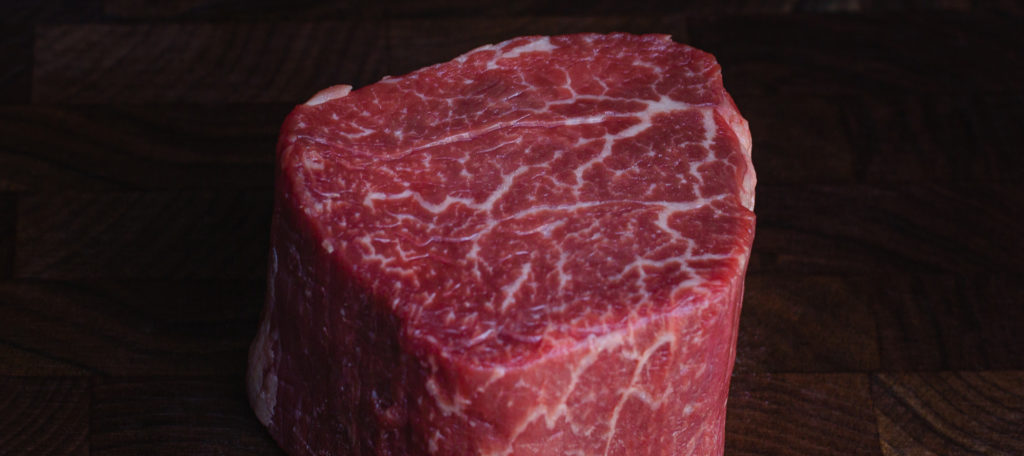Reservation
Online
Integer congue malesuada eros congue varius. Sed malesuada dolor eget velit pretium. Etiam porttitor finibus. Nam suscipit vel ligula at dharetra
Integer congue malesuada eros congue varius. Sed malesuada dolor eget velit pretium. Etiam porttitor finibus. Nam suscipit vel ligula at dharetra
(and what is grass-fed Wagyu?)
.
HiHo is the only burger restaurant that exclusively serves 100% grass-fed Wagyu beef. But what is so special about Wagyu? And why grass-fed?
Let’s start with what Wagyu is. Wagyu is cattle historically (and still mostly) from Japan. Originally cart oxen, their primary role was to plough the rural Japanese family’s rice paddy. This is why Wagyu cattle have larger shoulders and smaller hindquarters than other cattle breeds.
The Japanese word ‘wagyu’ translates to ‘Japanese cow or cattle,’ but specifically refers to the four breeds of Japanese cattle – Black (Tajima), Brown (commonly called red Wagyu), Polled, and Shorthorn - and their beef.
Wagyu stands apart from other beef for two main reasons: its marbling and distinct flavor. The amount and type of its marbling - its fineness, and how evenly it’s dispersed – make Wagyu beef extraordinarily tender, rich, and flavorful.

While there are the four breeds of Wagyu mentioned above, there are three classifications of Wagyu. Full blood, purebred and cross-bred. Full blood means the animals have 100% Wagyu genetics, purebred is 98%+, and cross-bred is 50%.
100% full-blood Black Wagyu cattle gently fed a high-calorie grain diet and allowed very little exercise creates the most marbling, to the point where the meat is white with flecks of red. That is the basis for the famous Kobe Beef that can only come from Black / Tajima cattle in the Kobe prefecture in Japan. Until recently it would win the award each year for the most marbled beef in the world. (Recently Miyazaki Wagyu from Miyazaki prefecture has out marbled Kobe, for what it’s worth.)
While marbling is essential to great beef, taken to an extreme it’s, well, a bit much. Too much of a great thing is often not a good thing at all. Enter the people from First Light and the breakthrough of pasture raising Wagyu on grass. First Light was founded in New Zealand in 2003 and set out to create the world’s best beef, in every aspect: quality, sustainability, and compassion.
They wanted great beef, so they decided on Tajima (Black) Wagyu genetics, but they knew full-blood Wagyu animals would not thrive eating grass on pastures. They also knew that raising the cattle on New Zealand’s legendary pastures was far better for the environment and the cattle themselves. They spent almost a decade crossbreeding to create cattle that fit the bill. The result is beef like none other - that has the benefits of the fine marbling but would not be overly oily like their Kobe counterpart. Pasture raising also enhances the great Wagyu flavor by the cattle eating what they should naturally eat: grass.
There are many forms of Wagyu, and yes it can be a little complicated if not confusing. One thing is clear to us at HiHo, 100% grass-fed Wagyu from First Light is the best beef we have ever tasted.
We are thankful that First Light Farms and its 85 farmers throughout New Zealand took the time to develop this distinct version of Wagyu.
